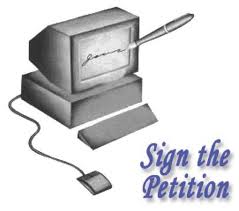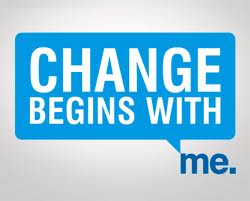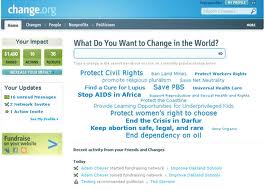 Hi, my name is Marissa and I am a slacktivist. I admit to thinking I am politically active by sharing my thoughts on issues with my friends through social media without really taking any other political action. It is easier for me to “like”, “retweet”, “+1”, or “share” something than it is for me to write a letter to my Congressperson.
Hi, my name is Marissa and I am a slacktivist. I admit to thinking I am politically active by sharing my thoughts on issues with my friends through social media without really taking any other political action. It is easier for me to “like”, “retweet”, “+1”, or “share” something than it is for me to write a letter to my Congressperson.
But is slacktivisim a bad thing? And how can you use this passive involvement of others to actually make something happen for your non-profit organization and mission?
This past week, I caught an episode of my favorite news source, The Daily Show with Jon Stewart. His guest was Ben Rattray, founder of a website called change.org. As the interview went on, it became clear to me that Rattray had found a way to take the simple act of a person’s “like” or “retweet” and turn it into powerful political action.
The basics behind change.org are this: a user can create a petition about any issue and change.org will help the user reach out through social media to get people to sign the petition for free. Petitions are simply signed with the click of a button.
If the user decides to pay change.org for their services, they can export the list of people who have signed their petition. Change.org also offers organizations access to sponsored campaigns.
 “Sponsored campaigns” are promoted to change.org users who would most likely support your cause. The community on change.org is growing everyday, and I can only imagine it growing even more after this week’s exposure on The Daily Show. Tapping into the already growing community of users could help your non-profit organization gain more exposure. It could also be a great way of generating a list of prospective donors who are interested in supporting your mission and issues.
“Sponsored campaigns” are promoted to change.org users who would most likely support your cause. The community on change.org is growing everyday, and I can only imagine it growing even more after this week’s exposure on The Daily Show. Tapping into the already growing community of users could help your non-profit organization gain more exposure. It could also be a great way of generating a list of prospective donors who are interested in supporting your mission and issues.
Change.org also connects users with local and national media outlets. Remember when Bank of America was going to charge $5/month for using a debit card? It was a change.org user who created a petition that 300,000 people signed, which gained national media attention. This, of course, resulted in Bank of America deciding to drop the proposed fee hike.
So, what could change.org do for your organization? You could create a petition connected to your mission and use change.org to engage individuals who sign your petition. A recent article on Mashable states:
“slacktivists are 2x as likely to volunteer, 2x+ as likely to ask for donations, and 4x as likely to ask others to get involved.”
 If you’ve seen KONY 2012 or Bully, you know how quickly a message can spread through the internet. Projects like these have inspired many people to get involved.
If you’ve seen KONY 2012 or Bully, you know how quickly a message can spread through the internet. Projects like these have inspired many people to get involved.
Even if you choose to not use a platform such as change.org for your agency, there are still lessons to take away from the foundation they set-up.
Make it easy for people to get involved. If you have a blog on your site, make sure you have social media buttons at the bottom of each post to allow users to share your message with their friends.
Create a community. Peer pressure is a powerful thing. Use it for good. If you create a community on a social media site (e.g. Facebook, Twitter or even on your own blog), then make sure you take the time to reply back to those who leave comments as well as recognize those who are sharing your content with their social network.
Support a cause that supports yours. If there is a petition out there that helps your mission, then get involved and sign it. If people see that you care about an issue they also care about, they might take the time to visit your website to learn more.
It was exciting for me to see how change.org makes a difference in our communities with a tool as simple as a petition. And I guess that’s the big takeaway from it all; the easier you make for people to get involved, the more people will be.
Is change.org a network that your organization could benefit from? I’d love to hear why or why not in the comments below! Or are you using other providers or platforms to accomplish the same objectives? Please share.

